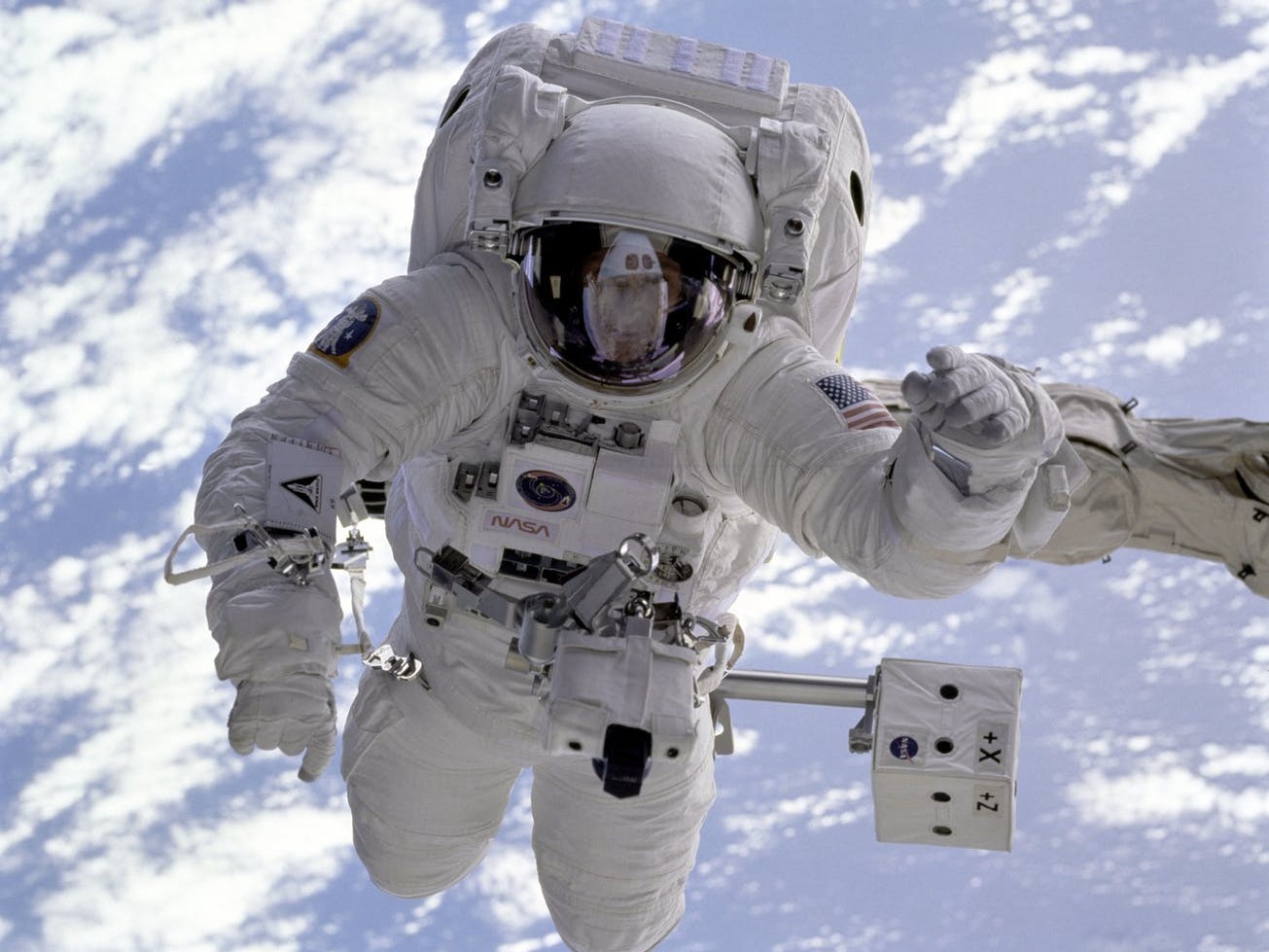
Ever since she was a little girl, Kathleen Rubins dreamed of going to space. After getting involved with some public health groups in high school, though, she decided to pursue her interests in viruses and microbiology, which eventually led to a fellowship at MIT's prestigious Whitehead Institute for Biomedical Research. Still, Rubins never let go of her earliest ambitions; in 2009, she was selected as 1 of 14 members of the 20th NASA astronaut class. Since then, Rubins has made two trips to space, clocking in more than 300 days above the earth. She is also credited with three space walks, and in 2016, she became the first person to sequence DNA in space. Born in 1978, Rubins has already been awarded numerous major awards in her career, including Popular Science's Brilliant Ten in 2009. More recently, NASA announced that Rubins has been selected for the Artemis program, which aims to place the first U.S. woman on the moon.
As a native of California, Rubins decided to enroll at Stanford University when it came time to choose a graduate program. After working on infectious diseases during her undergraduate years, Rubins was drawn to Stanford because it had a hospital, which made working on clinical applications easier. At Stanford, Rubins also got her first taste of wearing a "spacesuit" because she spent a significant amount of her time working on smallpox and Ebola, requiring her to work in a biosafety-level-4 lab. In addition to scholastics, Rubins was also a gifted athlete and participated as a member of the Stanford triathlon team. In 2005, she earned a doctorate in cancer biology from Stanford University's Medical School Biochemistry Department and Microbiology and Immunology Department.
While leaving the planet might seem like a good excuse to forget about your alumni duties, Rubins has gone out of her way to share her extraordinary experiences with her alma mater. During both of her NASA missions, she has participated in fireside chats with the Stanford community via live feeds connecting Palo Alto with the International Space Station. Most recently, in 2021, Rubins used the opportunity to discuss the unique challenges of conduction experiences in space with a former Stanford professor. David Relman, professor of medicine and microbiology, had also been present at Rubins' 2016 live Q&A from space. When asked about the importance of her Stanford experience, Rubins said, "Getting the chance to be at Stanford, to do work there... [has] taught me to be a scientist. I put this to use every day. It’s pretty fun to be a scientist in space, but it’s also incredibly fun to be a scientist on earth."
